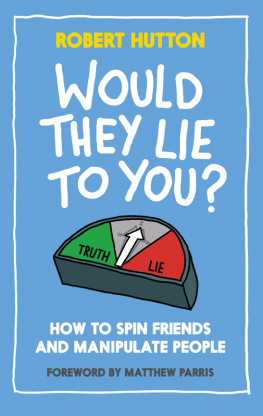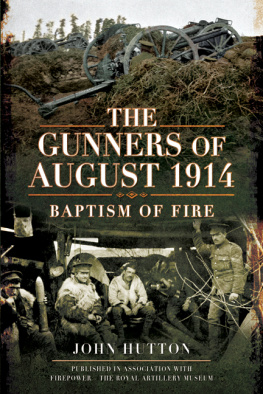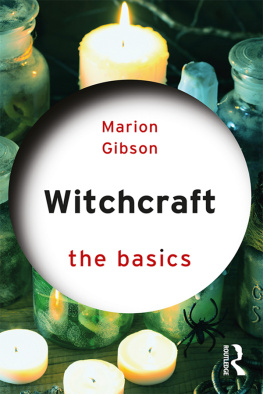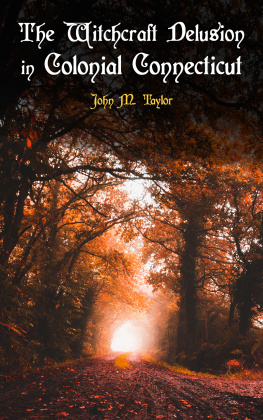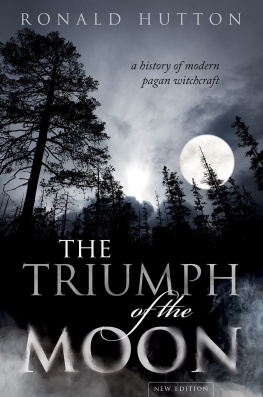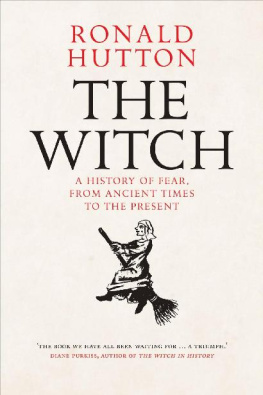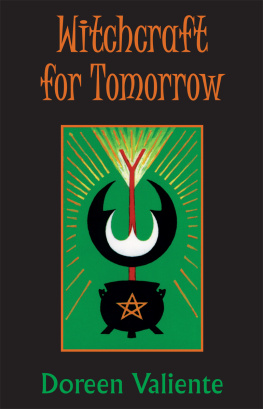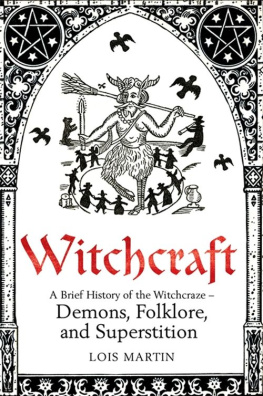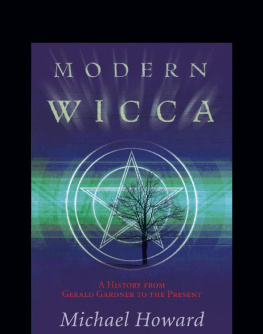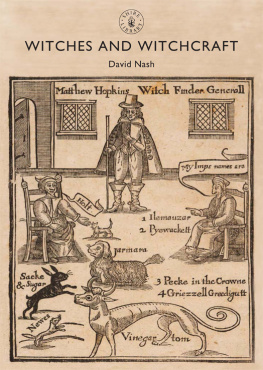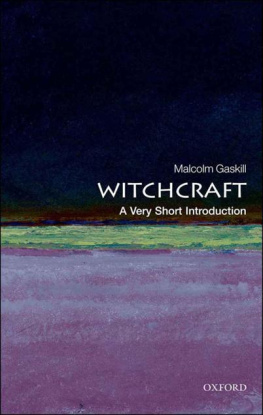ACKNOWLEDGEMENTS
T HIS BOOK HAS been over a quarter of a century in the making, and many debts of gratitude have been accumulated in that time. The ideas behind it first began to germinate in the 1980s, as a result partly of my interest in British folklore, intensified by my researches into the history of the ritual year, and partly of my travels abroad, especially among the Polynesian islands and in the then USSR, which enhanced my interest in indigenous religion and magic and in shamanism. In the 1990s I began to test them in the form of guest lectures and seminar papers, at the universities of Oxford, Leicester, Edinburgh and (as it was then) Wales, a process continued in the new century at Edinburgh and Oxford again, Durham, Exeter, bo, Harvard, Ohio State, Jerusalem and Manchester. From 1999 onwards I also started to publish them, in a series of works which feature as building blocks in the construction of the arguments of this book, and are referenced as such. Accordingly I owe heartfelt thanks to my hosts at those academic institutions; to the editors of the journals, collected essays and publishing houses that accepted those early writings and the peer reviewers who commented on them; and to the many librarians and archivists who assisted my research with a greater than expected enthusiasm and kindness. To all these there is only space to express a generalized and generic, but still fervent, sense of enduring obligation.
It is otherwise with the final stage of the work, the sustained and concentrated task of completing the research and writing up this book, which was undertaken between 2013 and 2017. That was made possible by the Leverhulme Trust, which funded a three-year project on The Figure of the Witch, with Louise Wilson as my assistant and Debora Moretti as my student. We then attracted other students, supported from other sources, onto the team: Victoria Carr, Sheriden Morgan and Tabitha Stanmore, and Beth Collier joined us as an artist. My experienced colleague from Classics and Ancient History, Genevieve Liveley, provided invaluable work in organizing symposia. The dynamism, harmony and camaraderie of the group were wonderful, and made for a perfect environment in which to work. Louise was an ideal assistant, and checked through the whole manuscript of this book. Individual chapters were read by Jan Bremmer, Mark Williams, Charlotte-Rose Millar and Victoria Carr, and their criticisms were very valuable. It was also read through by Ana Adnan, who has in addition demonstrated yet again her remarkable talent for the notoriously difficult task of providing companionship to a writer.
There are many other kindnesses on the part of professional colleagues which have contributed considerably towards the work and are recorded in the endnotes to it: indeed, a perusal of those is a testimony to the extent to which the writing of history is now a communal and collaborative process. Both personal feuds and struggles between ideological camps have declined notably among academic historians over the past few decades, and both have always been especially lacking in the now large and geographically far-flung field of the professional study of European beliefs in witchcraft and magic. I have certainly never witnessed any myself, let alone engaged in any, during my own participation, and while I cannot claim any of my colleagues in that field as opponents, I can claim very many of them as acquaintances and some as close friends; something which again the perceptive may detect among the endnotes. I would, however, like to end this section by expressing pleasure in my dealings with two particularly grand old men, and pay tribute to a third.
The first is Carlo Ginzburg, whom I had seen and heard speak repeatedly ever since I was a young don at Oxford in 1981, but with whom I eventually became friendly at a conference at Harvard in 2009. I remember with especial delight a walk together across Cambridge (Massachusetts) one hot summer evening, on which he told me how he had first discovered the records that revealed the existence of the benandanti. The second is Richard Kieckhefer, with whom among other activities I made another summer walk, this time across part of Jerusalem; but it was a much more fraught occasion as we had been dumped by a crooked taxi driver in the wrong district, when the time was coming for me to make an address to the gathering we were both attending. In an exemplary demonstration of mastery over new technology, he produced his phone and used satellite mapping to guide us both on foot, so saving my honour and the programme devised by our hosts. The third is Norman Cohn, with whom my dealings had been very different. We were in each others company only once, at Cambridge in 1973 when I was an undergraduate there and he gave a guest paper. In response, I tried to defend Charles Godfrey Lelands nineteenth-century text, Aradia, as a viable source for our knowledge of medieval and early modern witchcraft; and he annihilated my argument. He did so with perfect courtesy and geniality, and I subsequently of course came to realize that he had been right, but it was still a bruising experience. The fact that his work has subsequently fared so well in mine, including in the present book, is proof of how little personal encounters may affect scholarly judgements; and of how some of the best lessons may be sharp. With that in mind, I dedicate this volume to all three of these giants, in whose shadows I have grown up.
APPENDIX
Below is a list of works on extra-European witchcraft used in the preparation of this book, but not cited in specific endnotes.
Adinkrah, Mensah, Witchcraft Accusations and Female Homicide Victimization in Contemporary Ghana, Violence Against Women, 10 (2004), 32556
Ashforth, Adam, Witchcraft, Violence and Democracy in South Africa, Chicago, 2005
Ashton, E. H., The Basuto, Oxford, 1952
Bahn, Paul, and Flenley, John, Easter Island, London, 1992
Bailey, F. G., The Witch-Hunt, Ithaca NY, 1994
Barman, Mita, Persecution of Women: Widows and Witches, Calcutta, 2002
Bastian, Misty L., Bloodhounds Who Have No Friends: Witchcraft and Locality in the Nigerian Popular Press, in Comaroff and Comaroff (ed.), Modernity and its Malcontents, 12966
Beidelman, T. O., Witchcraft in Ukaguru, in Middleton and Winter (ed.), Witchcraft in East Africa, 5798
Bercovitch, Eytan, Moral Insights: Victim and Witch in the Nalumin Imagination, in Gilbert Herot and Michelle Stephen (ed.), The Religious Imagination in New Guinea, New Brunswick, 1989, 12259
Berndt, Ronald M., The Kamano, Usurufa, Jate and Fore of the Eastern Highlands, in Lawrence and Megitt (ed.), Gods, Ghosts and Men in Melanesia, 78104
, and Berndt, Catherine M., The Speaking Land: Myth and Story in Aboriginal Australia, Ringwood, Australia, 1989
Bleie, Tone, The Cultural Construction and the Social Organisation of Gender: The Case of Oraon Marriage and Witchcraft, Bergen, 1985
Bloomhill, Greta, Witchcraft in Africa, London, 1962
Bohannan, L. and P, The Tiv of Central Nigeria, London, 1955
Bond, George Clement, Ancestors and Witches: Explanations and the Ideology of Individual Power in Northern Zambia, in Bond and Ciekawy (ed.), Witchcraft Dialogues, 13157
Bukurura, Sufian, Sungusungu and the Banishment of Suspected Witches in Kahama, in Abrahams (ed.), Witchcraft in Contemporary Tanzania, 619
Bulmer, R. N. H., The Kyaka of the Western Highlands, in Lawrence and Meggitt (ed.), Gods, Ghosts and Men in Melanesia, 13261
Chaudhuri, A. B., Witch-Killing among Santals, Delhi, 1984
Ciekawy, Diane, Witchcraft in Statecraft: Five Technologies of Power in Colonial and Postcolonial Coastal Kenya, African Studies Review
Next page


